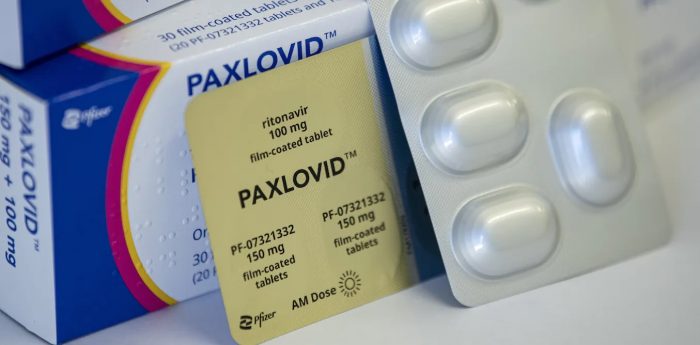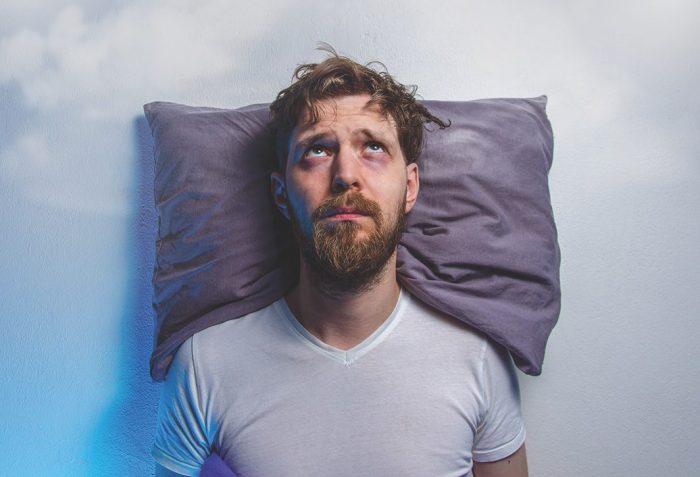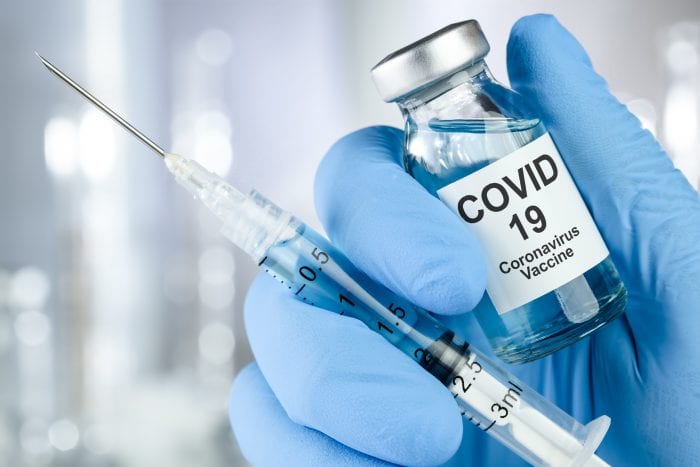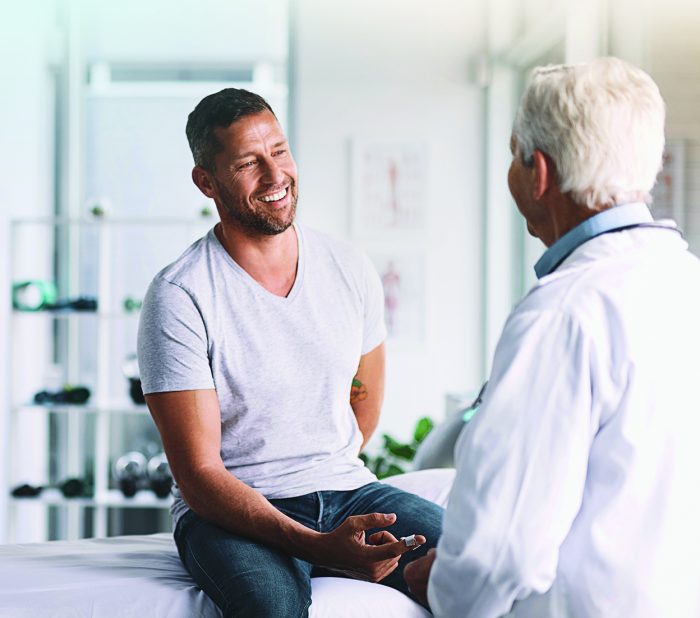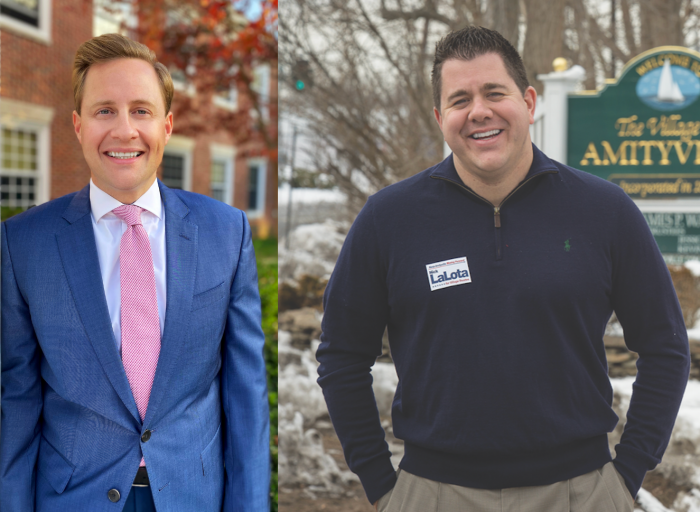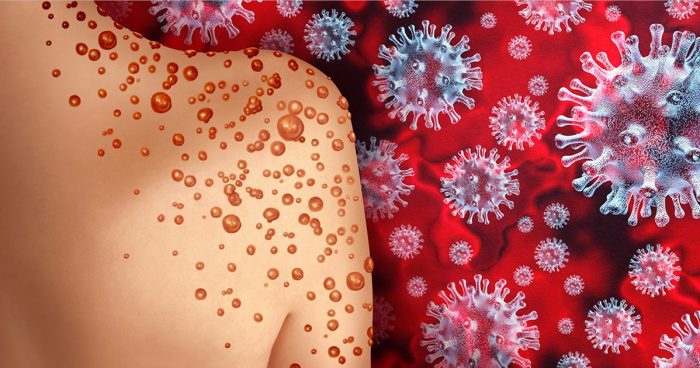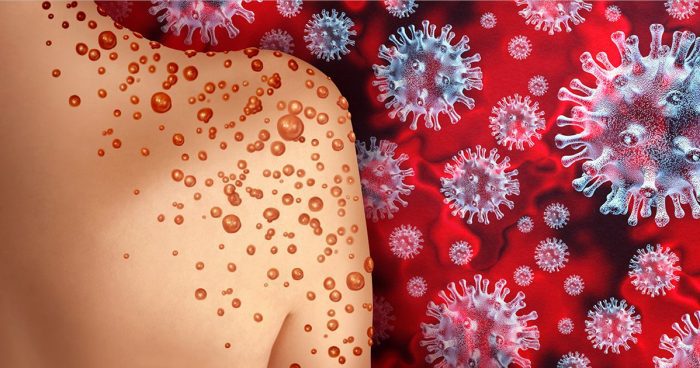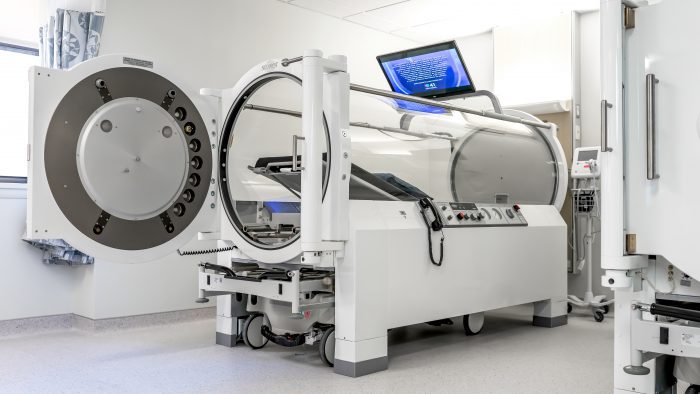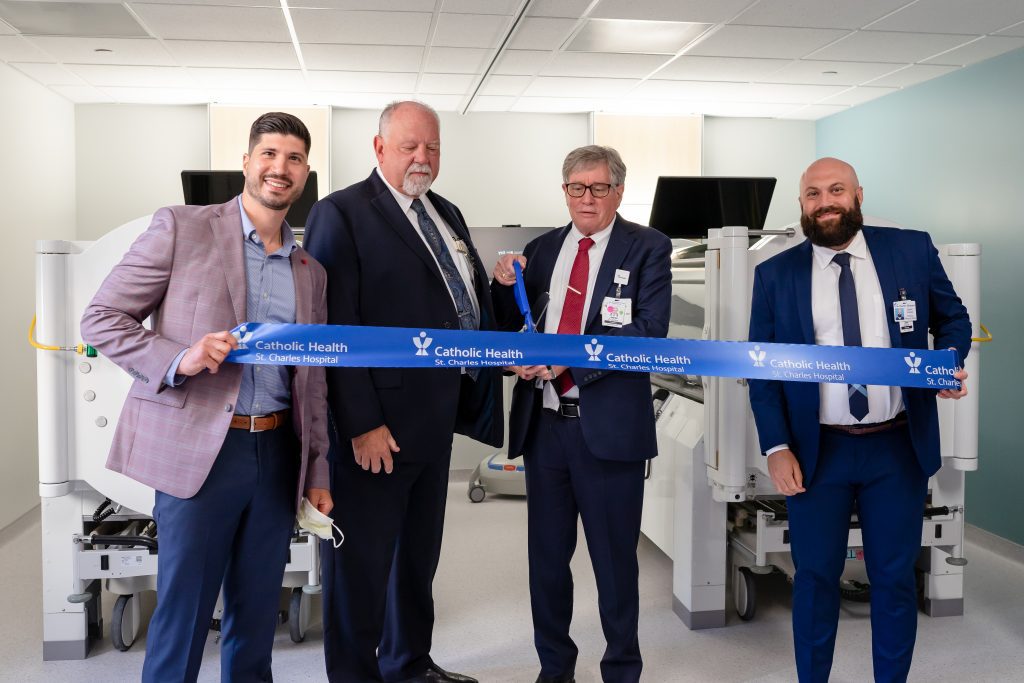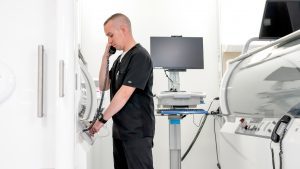By Leah S. Dunaief

This message is for older people who are reading this column and may get COVID-19. The information may save your life. It may have saved mine.
Especially for older people, COVID is a deadly virus. What defines older? Let’s say, beyond 50. Now there is a medicine that dramatically reduces severity and possible death from this virus, but many Americans are not taking it. Its name is Paxlovid.
“Never really in recent history for a respiratory virus can I think of an anti-viral medication being as effective, demonstrated in scientific literature, as what Paxlovid has shown,” stated Dr. Rebecca Wang, an infectious disease specialist at Dartmouth Hitchcock Medical Center, when interviewed by The New York Times.
Both random trials and data from electronic health records have shown this medicine to be effective, particularly among older patients. The medicine works by inhibiting the virus’s replication once it invades the body. Its underuse is already associated with thousands of preventable deaths, according to Dr. Robert Wachter, chair of the medicine department at the University of California, San Francisco.
“A large chunk of deaths are preventable right now with Paxlovid alone,” Dr. Ashish Jha, the White House COVID response coordinator told David Leonhardt of The New York Times. He predicted that if every American 50 and above with COVID received a course of either Paxlovid or monoclonal antibodies, daily deaths might fall to about 50 per day, from about 400 per day.
So why aren’t people taking the medicine?
For one reason, Paxlovid, which is taken twice a day for five days, does leave a metallic taste in the mouth. So I found that by eating half a banana after each dose, I got rid of the unwelcome taste. I also got the benefit of a banana a day, which is a healthy and nutritious fruit containing fiber and some essential vitamins and minerals.
Another possible reason is the association of Paxlovid with “rebound,” a second session of the disease which can occur a week to a month after the end of the first round. Experts don’t know what causes the rebound. A rebound is possible even if the patient never used Paxlovid. And even if he or she did, perhaps a longer duration of the drug is necessary for some patients than the five days currently administered.
Research has shown that out of sample of 568,000 patients, 0.016% over 50 who used Paxlovid died. For a similar cohort of patients who did not use the drug, the death rate was four times higher or 0.070. But only 25% of patients eligible to receive the drug actually took it, even though it is available and free.
Thanks to my son, Daniel Dunaief, who has spoken with two infectious disease experts, we also have some local reaction to the drug. Dr. Andrew Handel, pediatric infectious disease physician at Stony Brook Children’s Hospital, commented, “Hesitancy to take Paxlovid seems to fall in line with the general ‘COVID fatigue.’ COVID is clearly less lethal now than during prior surges, thanks in large part to vaccinations, but it still causes some hospitalizations. Those at highest risk of severe disease, particularly those who are unvaccinated, benefit from antiviral treatment if they are infected.”
Dr. David Galinkin, infectious disease expert at St. Charles Hospital, said, “The media has overblown this rebound experience. In the literature, about 10% of cases [have a rebound.] Like any other medication, people that could really benefit from Paxlovid [should consider it.] … We are still seeing people dying from this.”
Perhaps more doctors could be better informed about this drug. Additional information and encouragement are needed from the White House, and a lot more public announcements should be placed in the media to reach people. As has been the case throughout these last two-and-one-half COVID years, instructions have been changing, adjusted as the scientific and medical professions learn more about this pathogen. Proper treatment is still a work in progress.

